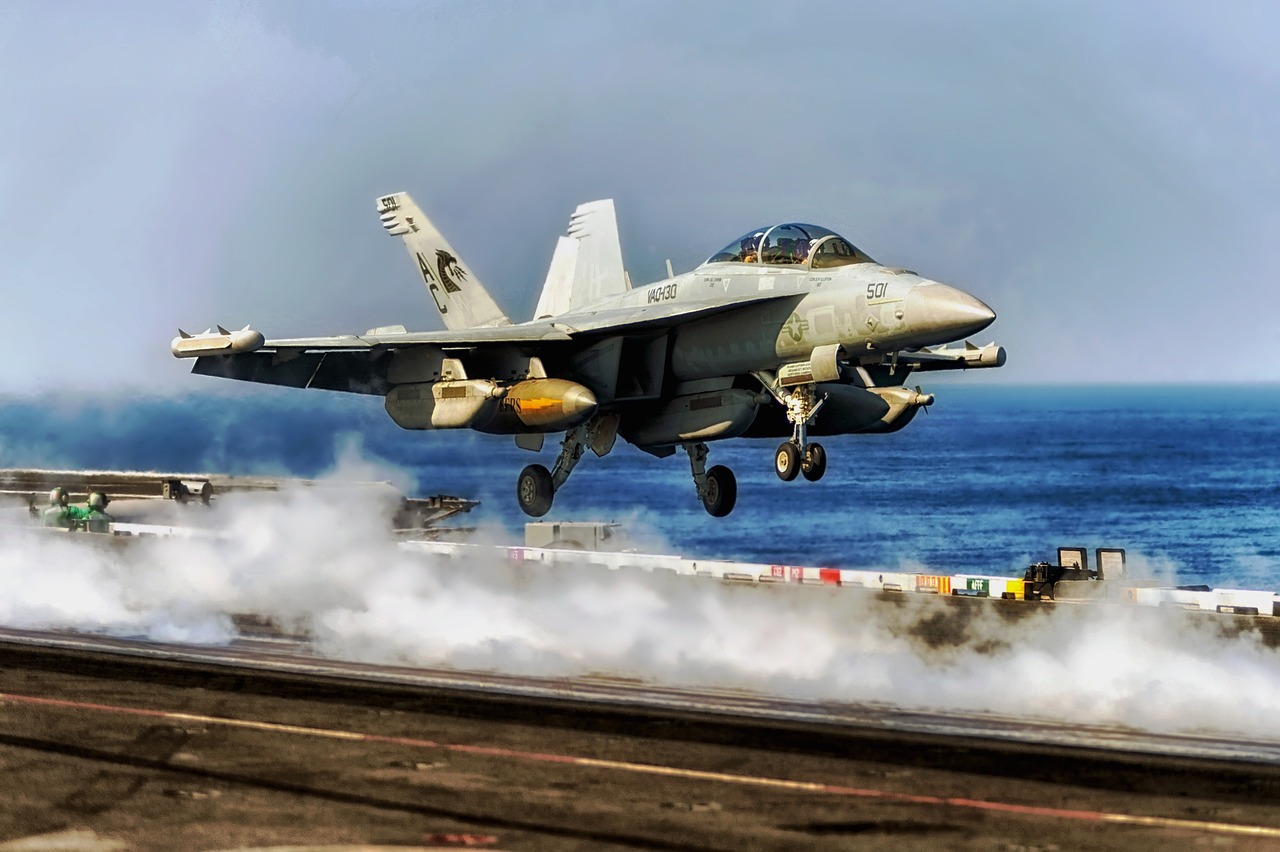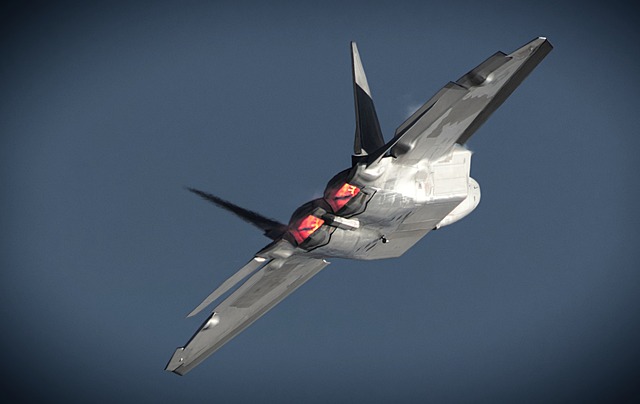Table of Contents
ToggleF 22 Top Speed vs F 35: Unveiling the Ultimate Fighter Jet Showdown
F 22 Top Speed vs F 35: Exploring the world of cutting-edge military aviation unveils an intriguing battle between two marvels: the F-22 and the F-35. These fighter jets stand at the forefront of technological innovation, promising unparalleled performance, and combat capabilities. Let’s delve into the comparison, dissecting their top speeds, maneuverability, and distinct features.
Understanding F 22 Top Speed vs F 35
The F 22 Top Speed and the F-35 Lightning II emerge as quintessential modern aircraft, each with its unique strengths and missions. Delve into the intricate details of these aircraft, understanding their design, purpose, and technological advancements.
Unveiling the F22 Top Speed
The F-22 boasts an incredible speed that sets it apart from its counterparts. Dive into the specifics of its top speed, exploring how it achieves this remarkable velocity and its significance in combat scenarios.
Here’s a comparison table showcasing the key differences between the F-22 and the F-35 fighter jets:
Features |
F 22 Top Speed |
F 35 Lightning II |
|---|---|---|
| Top Speed | Supercruise: Mach 1.82 (1,220 mph) | Maximum: Mach 1.6 (1,200 mph) |
| Maneuverability | Extremely Agile and Responsive | Highly Maneuverable |
| Stealth Capability | Superior Stealth Design | Advanced Stealth Features |
| Role | Air Superiority Fighter | Multirole Combat Aircraft |
| Production | Limited Production | Widely Produced and Exported |
| Cost | High Operational Costs | Moderate Operational Costs |
| Avionics | Advanced Sensor Systems | State-of-the-Art Avionics |
| Range | Approx. 1,600 miles (2,575 km) | Approx. 1,200 miles (1,930 km) |
| Payload | 8 internal and 6 external hardpoints | 4 internal and 6 external hardpoints |
| Primary Users | United States Air Force | Several Nations Worldwide |
This table provides a concise overview of the primary differences between the F-22 Raptor and the F-35 Lightning II across various key features.
Here’s a comparison between the F-22 Raptor and the F-35:
F 22 Top Speed:
- Top Speed: Supercruise at Mach 1.82 (1,220 mph)
- Maneuverability: Extremely agile and responsive
- Stealth Capability: Superior stealth design
- Role: Air superiority fighter
- Production: Limited production
- Cost: High operational costs
- Avionics: Advanced sensor systems
- Range: Approximately 1,600 miles (2,575 km)
- Payload: 8 internal and 6 external hardpoints
- Primary User: United States Air Force
F 35 Lightning II:
- Top Speed: Maximum at Mach 1.6 (1,200 mph)
- Maneuverability: Highly maneuverable
- Stealth Capability: Advanced stealth features
- Role: Multirole combat aircraft
- Production: Widely produced and exported
- Cost: Moderate operational costs
- Avionics: State-of-the-art avionics
- Range: Approximately 1,200 miles (1,930 km)
- Payload: 4 internal and 6 external hardpoints
- Primary Users: Several nations worldwide
This comparison presents a quick snapshot of the differences between the F-22 Raptor and the F-35 Lightning II in terms of speed, maneuverability, stealth, role, production, cost, avionics, range, payload, and primary users.
The F-35’s Speed Credentials
While the F-35 brings its set of exceptional features to the table, its speed is a critical aspect worth examining. Unravel the details behind the F-35’s top speed, assessing how it stacks up against the F-22’s velocity prowess.
Maneuverability: F 22 Top Speed vs F 35
Maneuverability plays a pivotal role in assessing fighter jet capabilities. Analyze and compare the maneuvering capabilities of the F-22 and F-35, understanding how their designs and functionalities impact their agility in combat scenarios.
Stealth Capabilities: A Vital Aspect
Stealth technology is a defining attribute of these advanced fighter jets. Discover how both the F-22 and F-35 leverage stealth capabilities to gain an edge in evading detection and their effectiveness in real-world missions.
Payload and Range: F-22 and F-35 Analysis
Aircraft payload and range significantly impact their operational effectiveness. Evaluate and contrast the payload capacities and operational ranges of the F-22 and F-35, elucidating their implications in varied combat scenarios.
Avionics and Technology Integration
The integration of state-of-the-art avionics defines the operational efficiency of these fighter jets. Explore the technological advancements and avionics systems in both the F-22 and F-35, highlighting their impact on mission success.
Maintenance and Cost Considerations
Beyond performance metrics, the maintenance requirements and costs associated with these aircraft are crucial factors. Dive into a comparative analysis of maintenance needs and operational costs between the F-22 and F-35.
F-22 Top Speed vs F-35: A Comparative Analysis
As we delve deeper into the comparison between the F-22 top speed and the F-35, it becomes evident that each aircraft presents a unique blend of capabilities. Let’s break down their performances and functionalities in detail.
The Need for Speed: F-22’s Velocity Unleashed
The F-22 stands as a pinnacle of speed and agility in the aviation domain. Explore how its cutting-edge design and powerful engines enable it to reach exceptional velocities, impacting its combat superiority.
F-35: Speed Dynamics in Action
While not as fast as the F-22, the F-35 brings its own set of advantages to the aerial battlefield. Discover how its design philosophy and propulsion systems allow it to achieve commendable speeds, ensuring operational efficiency.
Maneuverability Showdown: F 22 Top Speed vs F 35
In high-stakes aerial combat, maneuverability often tips the scales in favor of the superior aircraft. Assess how the F-22’s unique design and control systems compare with the F-35’s maneuvering capabilities in various combat scenarios.
Stealth: The Game-Changing Factor
Stealth capabilities revolutionize modern warfare, offering the element of surprise and evasion. Analyze how the F-22 and F-35 leverage stealth technology differently, impacting their mission success and survivability.
Payload and Range: Decisive Factors
The payload capacity and operational range significantly influence mission planning and execution. Examine the differences in payload and range between the F-22 and F-35, deciphering their implications on strategic missions.
Advanced Avionics: A Technological Edge
Avionics and onboard technology play a pivotal role in enhancing combat effectiveness. Compare the sophisticated avionics systems in the F-22 and F-35, understanding how these advancements contribute to mission success.
Maintenance Costs and Operational Efficiency
Efficient maintenance and cost-effectiveness are critical considerations in military aircraft operations. Contrast the maintenance needs and operational costs between the F-22 and F-35, offering insights into their long-term viability.
FAQs about F 22 Top Speed vs F 35
Which is best F-22 or F-35?
The determination of which is “best” between the F-22 Raptor and the F-35 Lightning II largely depends on the specific mission requirements. The F-22 is primarily an air superiority fighter, excelling in aerial combat with its exceptional speed, maneuverability, and stealth capabilities. On the other hand, the F-35 is designed as a multirole combat aircraft, meant to perform various missions, including air-to-ground strikes, reconnaissance, and air defense, offering versatility but with slightly lower performance in air-to-air combat when compared to the F-22. So, the choice of “best” depends on the intended use and operational needs.
Why is F-35 exported but not F-22?
The F-22 Raptor has stringent export restrictions imposed by the United States government due to its highly advanced technology and capabilities. These restrictions aim to protect sensitive technologies and prevent potential adversaries from accessing advanced features that could compromise national security. On the contrary, the F-35 Lightning II has been cleared for export to allied nations under specific agreements, with certain features modified or limited to ensure security interests are maintained while allowing the aircraft to be utilized by partner countries.
Which is louder F-22 or F-35?
The F-35 is generally considered louder than the F-22. However, the perceived loudness can vary based on factors such as engine type, thrust settings, and the observer’s position in relation to the aircraft. The F-35, in some instances, may produce more noticeable noise due to its engine configuration and operational characteristics, but the exact comparison in terms of loudness can be subjective and context-dependent.
Why is F-22 bigger than F-35?
The F-22 Raptor is larger than the F-35 Lightning II primarily due to differences in their design objectives and mission requirements. The F-22 was specifically engineered as an air superiority fighter with a focus on speed, agility, and high-altitude performance. Its larger size accommodates more advanced avionics, powerful engines, and greater internal fuel capacity to support extended missions. In contrast, the F-35, designed as a multirole fighter, prioritizes versatility, cost-effectiveness, and adaptability across various mission profiles, leading to a comparatively smaller size optimized for different operational demands.
Conclusion: Deciphering the Superiority
In conclusion, the comparison between the F-22 top speed and the F-35 reveals a fascinating narrative of technological innovation and strategic superiority. Each aircraft shines in its distinctive way, leveraging advanced features to excel in varied combat scenarios.
Explore their differences, understand their strengths, and recognize that the superiority of these aircraft lies in the synergy between their capabilities, rather than a single aspect like speed alone.




